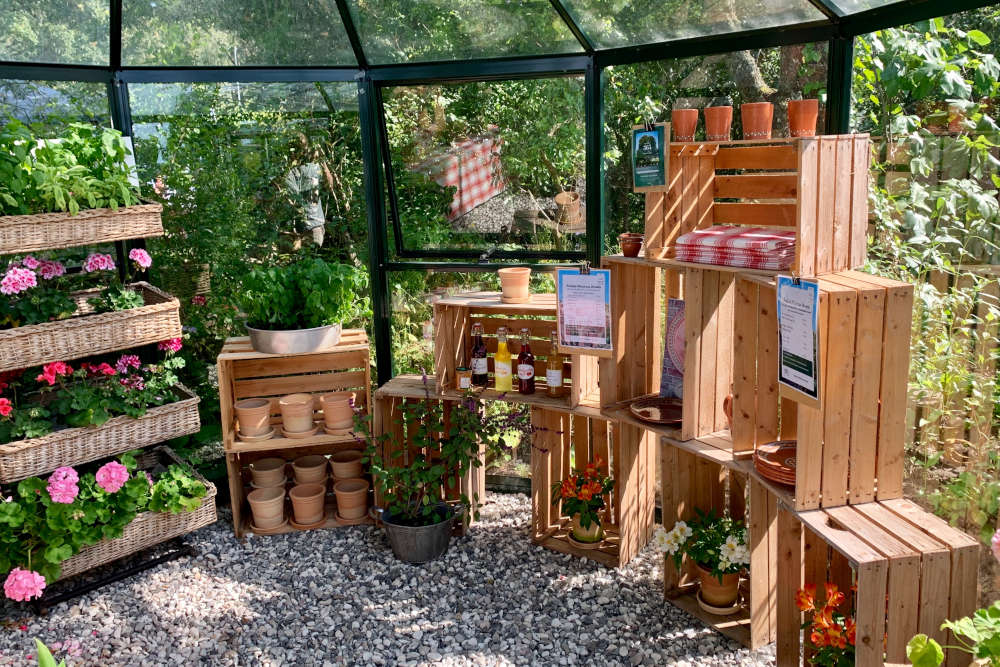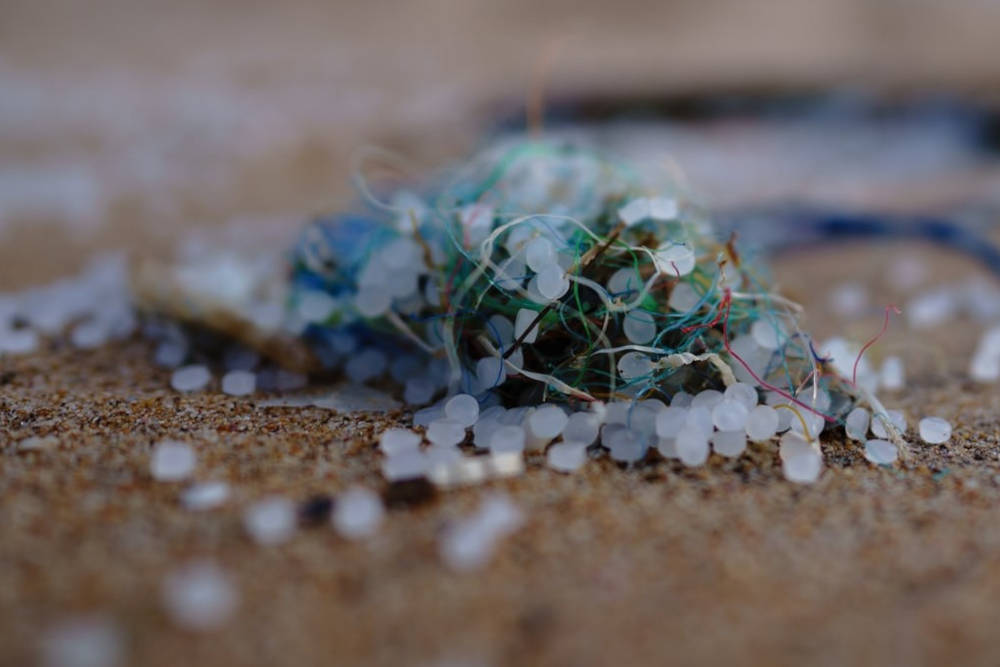Save the Bees! Here’s How
- Home
- Swallow Green
- Save the Bees! Here’s How
Save the Bees! Here’s How
- access_time27 March 2020
- account_circleSwallow Green
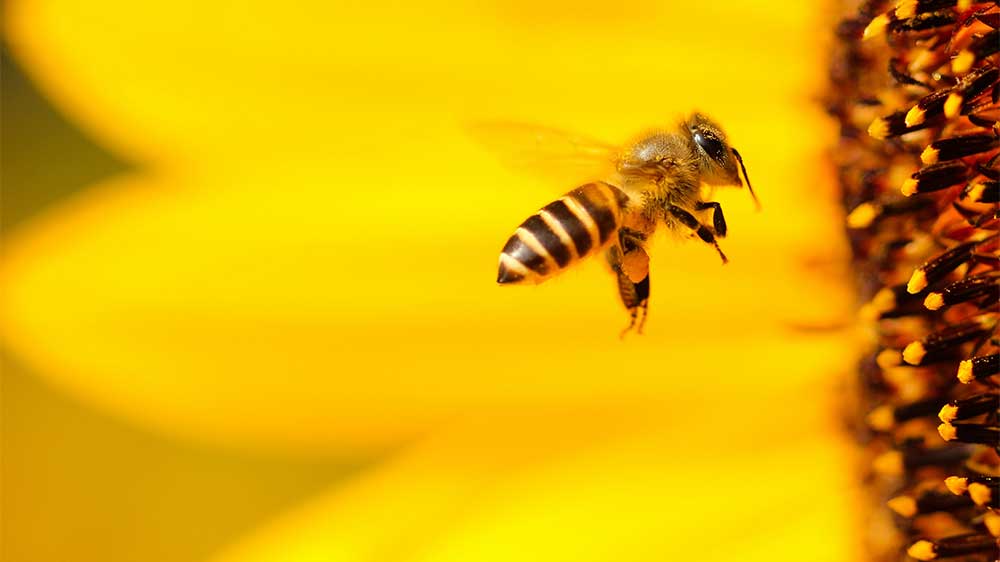
It’s no secret that our bees are in trouble! These little workers are very vital to our ecosystem as they pollinate our plants, flowers and 75% of our food crops worldwide. Not to mention the delicious honey they produce!
Bee colonies have been rapidly decreasing, with a worrying 13 bee species going extinct since the 1900s, and a further 35 being added to the threatened species list.
According to Greenpeace, we humans are largely responsible for the two biggest causes of the worldwide decrease in bee colonies, and these are pesticides and habitat loss. Of course, we are not entirely to blame here, as other factors such as droughts and genetic factors are also huge reasons bees might go extinct soon.
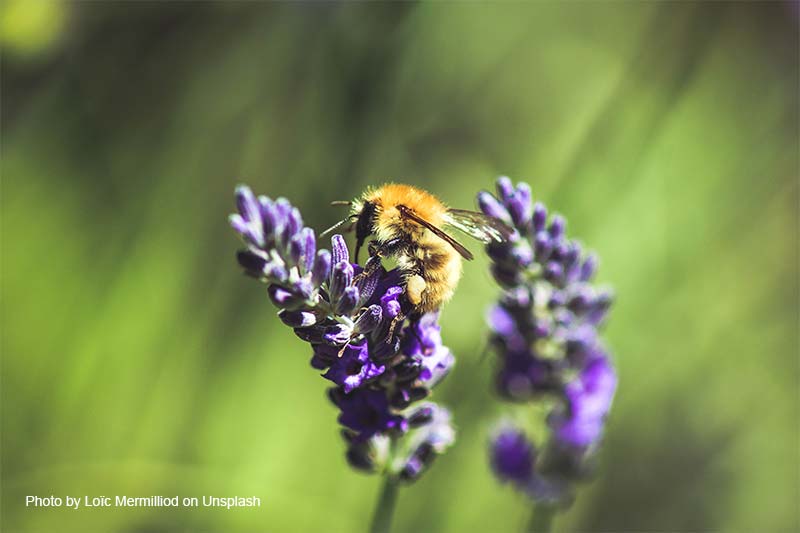
But don’t panic just yet, scientist and environmentalists are working hard to try and keep these amazing creatures alive and kicking, and you can help too! Here are our 5 tips on what all of us can do in our own gardens to give bees a helping hand.
Don’t feel like mowing your lawn today? Great!
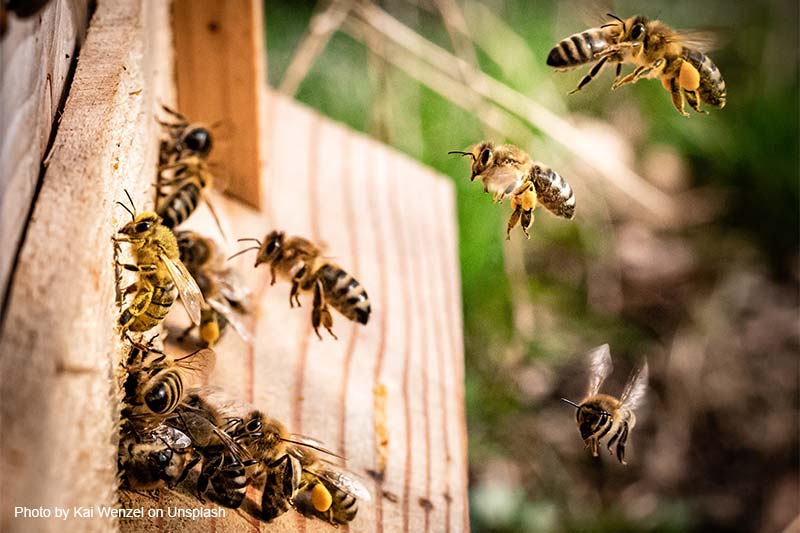
We’re sure your husband is going to be very pleased when he reads this tip! As much as all of us enjoy a pristine looking garden, holding off from mowing it actually benefits bees. By cutting your grass less often and allowing it to grow out, you are giving bees and other pollinators shelter and a place to feed. So now you have an excellent excuse why your lawn is a bit overgrown this summer!
Plant a little extra
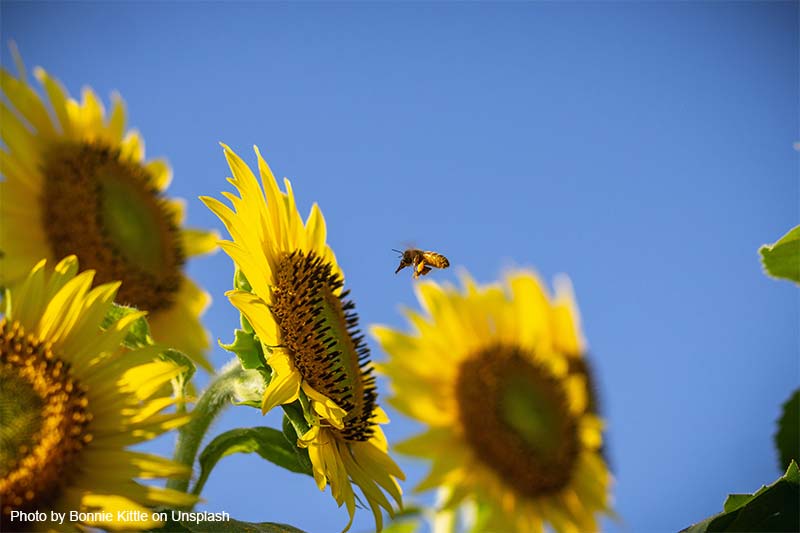
Bees need a variety of different plants for food: from hedges and shrubs, to bulbs, herbs and vegetables. The bigger variety of plant life you have in your garden, the greater variety of insects and birds your garden will be able to support. Don’t forget that bees enjoy ‘weeds’ such as dandelions, nettles and buttercups, which are really wild flowers, so leave a corner of your garden to grow wild.
Pests be gone! But bees are cool
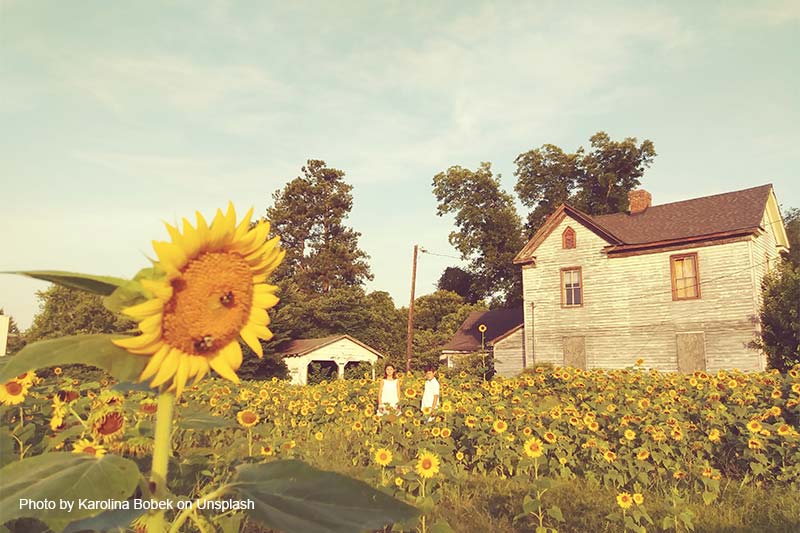
Let’s not pretend: we need pesticides to make sure our plants don’t get eaten or contract a disease. While there are definitely a ton of pesticides on the market which are harmful to both animals and humans, it doesn’t mean all pesticides are bad. Look for the least toxic options you can find, and try and avoid highly toxic chemicals such as rotenone, sabadilla and spinosad. That way, you can target the really harmful insects and make sure that the bees buzzing around your garden have nothing to worry about.
Make a home for the bees!
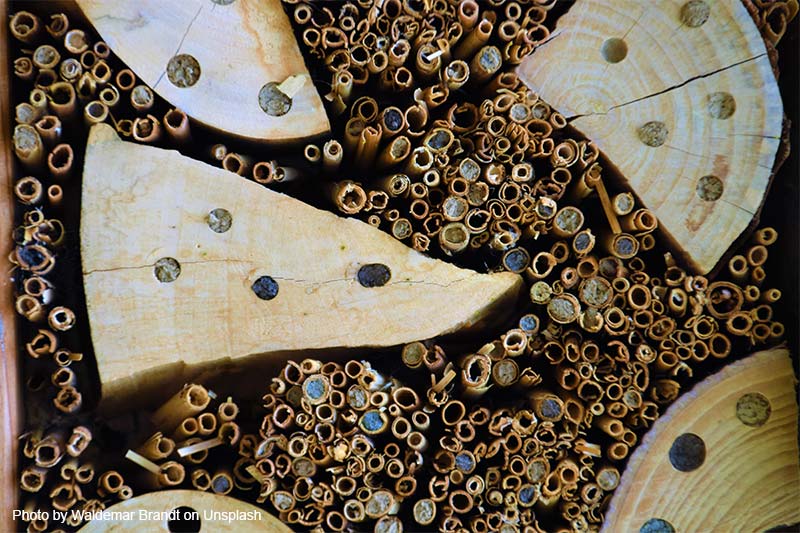
Queen bumblebees seek out places to hibernate in the winter before emerging in the early spring to create a nest. Bumblebees love to make their homes in old teapots so why not bury the pot, with a few dry leaves in it, just below the surface with the spout sticking out above the ground? Trust me, you will make a queen happy and eternally grateful!
Give a helping hand
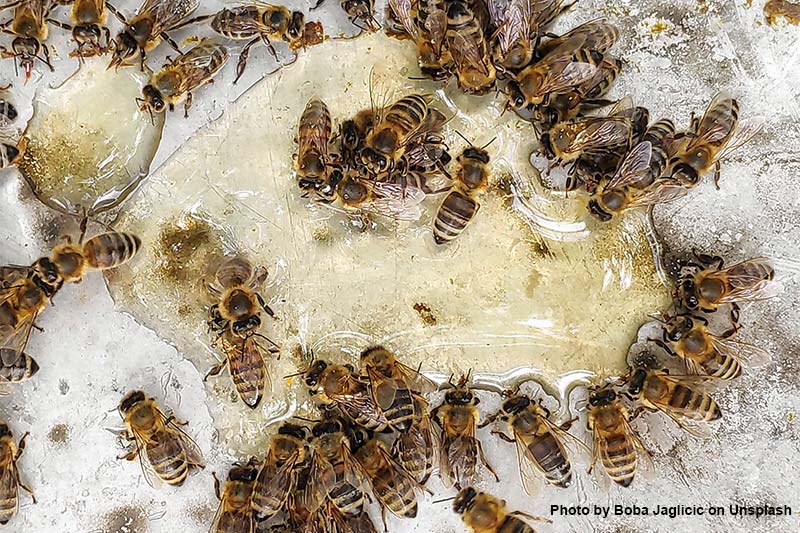
You have probably come across a tired bee at least once in your life. You can help revive a tired bee by feeding it a simple cocktail of white granulated sugar and water mixed on a teaspoon. Only help a bee if it has collapsed or is struggling, otherwise it might sting you. And make sure not to leave the source of sugar water out for a long period of time – this is the equivalent of feeding the bees junk food and may tempt the bees away from the hive.


